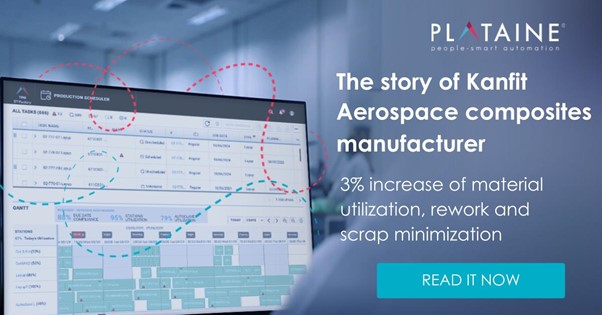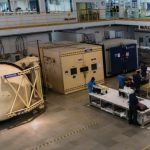Glossary
Circular Manufacturing
What is Circular Manufacturing?
Circular manufacturing or circular economy is defined as a production and consumption model whereby manufacturers find means to bring back materials into the economy instead of discarding them.
It works on the “reduce, reuse, and recycle” principle aimed at optimizing resources, reducing waste, and limiting the consumption of scarce natural resources. In addition, it enables manufacturers to:
- Maintain and recapture value from existing manufactured products
- Reduce demand for scarce resources
- Reduce energy consumption that goes into further manufacturing
Previously, linear economies followed a “take-make-dispose” approach, collecting and transforming materials into products and discarding them after use as waste. Now, consumers are more aware of their environmental impact and prefer products that employ sustainable practices.
The current trend towards a circular economy challenges manufacturers to shift away from the linear economy model. This shift will help minimize environmental impact, realize cost savings, become less resource intensive, and be flexible enough to make design and material adjustments.
According to a report by Ellen Mac Arthur Foundation, circular manufacturing can result in massive material cost savings, amounting to USD 700 billion per year globally. Manufacturers are increasingly realizing the need to become circular to recognize these material savings and minimize their environmental impact.
Currently, businesses discard 80% of the value of the materials in consumer goods and don’t recover it. The shift to an industrial circular economy has the potential to generate $2 trillion by the year 2030 alone, reports McKinsey.
Shifting to a Circular Economy
Circular economy in manufacturing aims to utilize natural resources in the best possible manner through new business opportunities and manufacturing process optimization. Manufacturers can make this transition towards a circular economy in three ways:
Balance Supply and Demand
Circular economy strives to minimize waste from the outset. Traditional manufacturing fails to accomplish this task as it relies on projections, and overestimation leads to waste products. Waste products often end up in landfills and businesses and customers don’t sufficiently use them.
Digital manufacturing helps harmonize demand and supply by allowing manufacturers to make use of customer data. Manufacturers can make use of this phenomenon to anticipate needs and produce accordingly.
Reducing Environment and Economic Waste
Remanufacturing, recycling, and even reusing material products are the basic premise behind circular manufacturing. In this regard, digital manufacturing can help reduce waste and increase profits.
For instance, research implies that processes such as 3D printing have the potential to grant manufacturing cost savings of more than $500 billion by the year 2025. We can reduce waste and drive maximum output by employing more renewable sources and minimizing non-renewable ones.
Sustainable Designs
Digital processes in a circular economy can also help design products that are durable, reusable, and even profitable in the long term. Digital can help optimize design through processes such as virtual modeling.
In turn, these processes can design products to bring greater value to the user while expanding the product’s life cycle.
The Importance of Circular Manufacturing
Circular manufacturing can have several benefits for you as a manufacturer and the society at large:
Promotes Resource Independence
In a circular economic setting, businesses reuse local resources and employ scarce natural resources in minimal amounts to decrease dependence on raw materials. Using renewable energy sources and substitute raw materials allows cost savings in manufacturing.
When businesses reuse materials and employ fewer natural resources in manufacturing, it promotes resource independence.
Reduces Environmental Impact
Circular economy states that any feature belonging to a product is not waste. Instead, the materials can re-enter the economy through sharing, maintenance, remanufacturing, and recycling. Through this concept, businesses can reduce their carbon emissions, natural resources consumption, and even potentially concentrate waste generation.
Therefore, we should focus on the design element of any product to allow us to eliminate the concept of waste. Manufacturers are increasingly using digital technology to rethink their products in terms of their designs, make and remake to realize environmental gains.
Social Benefits
Finally, a circular economy helps to create jobs and empowers people to save money. This phenomenon works on the principle that everyone should consume responsibly and use waste sensibly.
When society consumes responsibly, it adds to lesser waste and less consumption—new ways of employing waste material enter the industry. In turn, the potential use of material consumption creates circular jobs that businesses previously wasted due to non-use. As a result, unemployment and poverty reduction occur to a large extent.
The Future is Circular
Transitioning to a circular economy is essential for manufacturers to realize material savings, reduce their environmental impact, and garner various benefits for society. While there is no single approach to this manufacturing, the basic premise is to retain and recapture value in material products through reuse, refurbishment, recycling, and remanufacturing.
Learn more
Proactive Intelligence In Manufacturing







